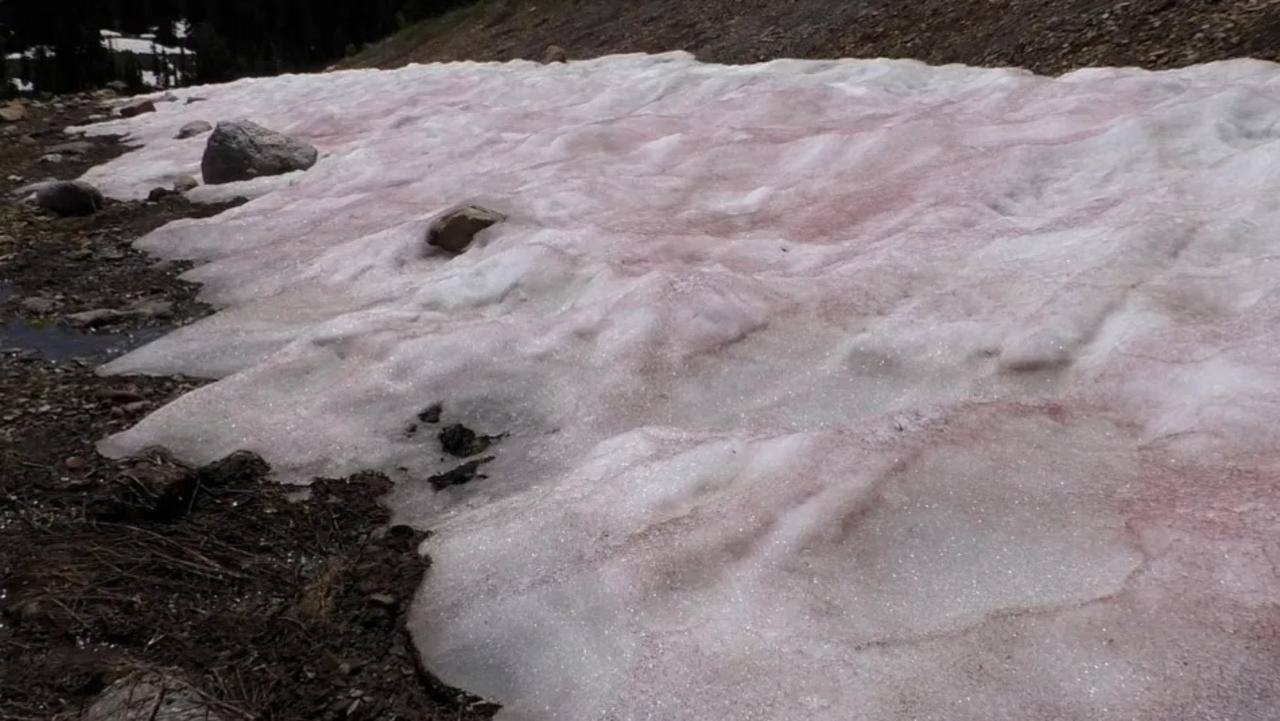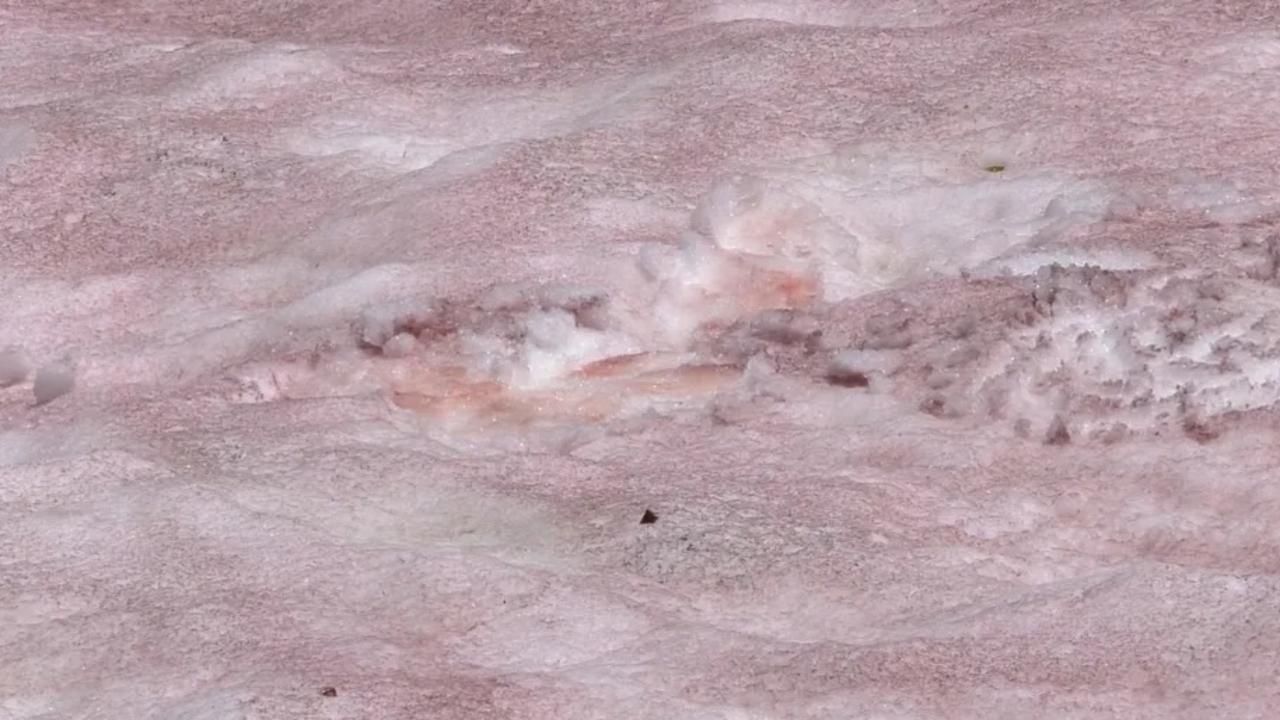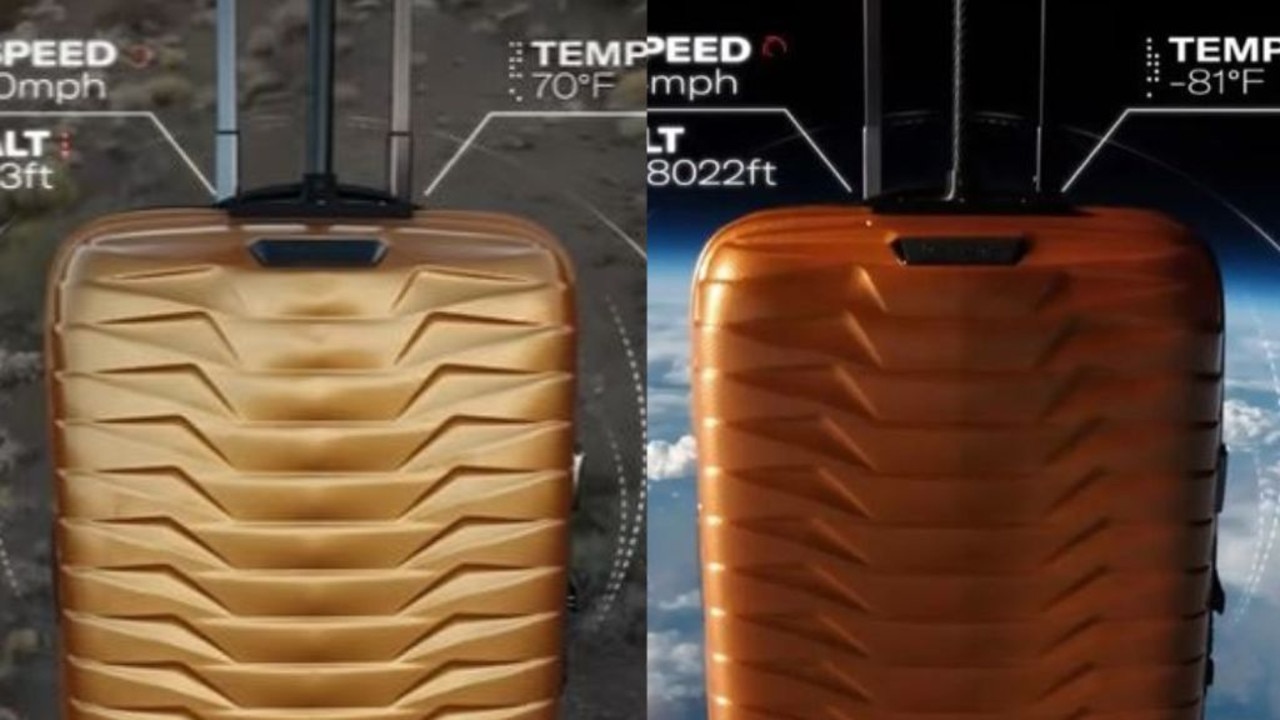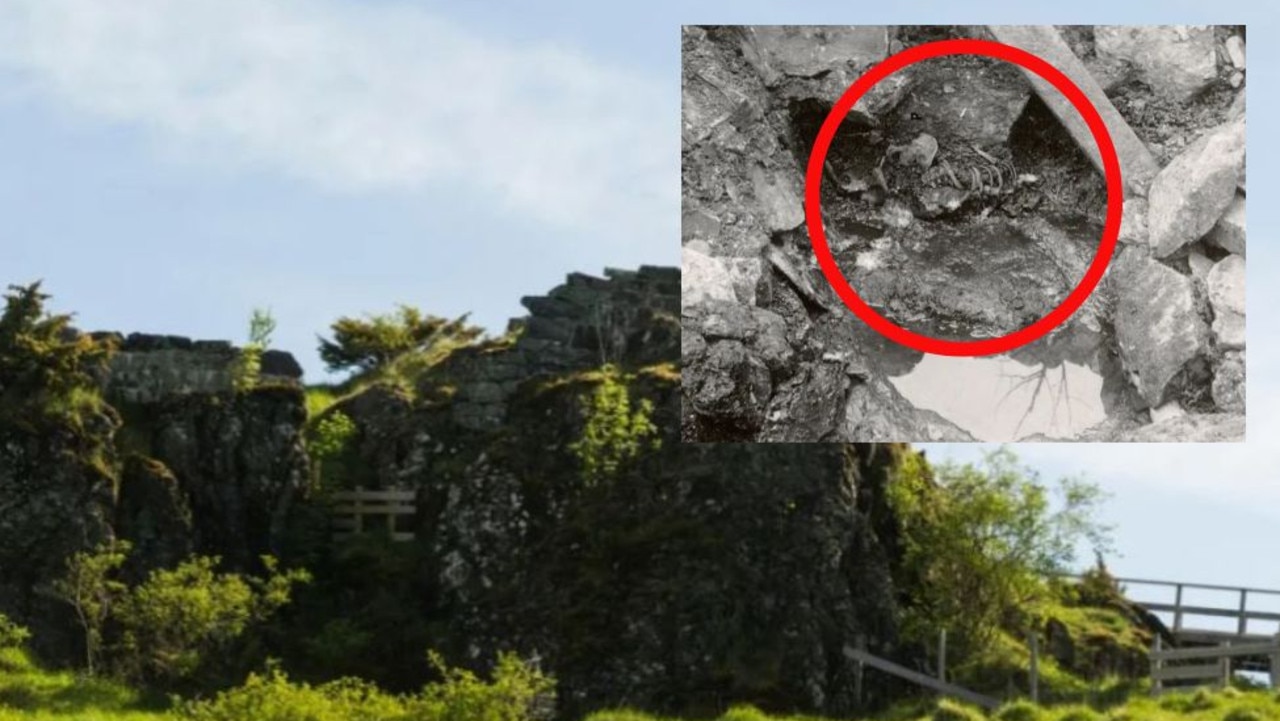Pink-coloured ‘watermelon snow’ on Rocky Mountains sparks interest for visitors
Tourists visiting a popular mountain have taken notice of the “watermelon snow” covering parts of the geological formation.

Visitors of the popular Rocky Mountains near Utah have taken notice of the “watermelon snow” covering parts of the geological formation.
The Rocky Mountains stretch some 4828km from British Columbia and Alberta in Canada through Idaho, Montana, Wyoming, Colorado, and down to New Mexico in the United States.
Its glistening alpine lakes and up to the towering mountain peaks attract tourists from all over the world.

But this week, hikers, campers and recreationists spotted remnants of an “abnormally wet winter” with pink, purple and orange snow present on mountain grounds even at the start of summer, Fox News reports.
According the Associated Press, pigmented snow has been spotted on mountain ranges near Park City, Bear River Range and the Utah-Idaho border, and it has reportedly sparked interest with locals and tourists.
“It’s almost like it’s been sprinkled with Himalayan salt or even Kool-Aid powder,” said Jana Brough, a hiker who visited Tony Grove Lake in Utah’s Logan Canyon with friends and family, in a statement she provided the AP.
“But when you scrape it you can tell it’s just on the surface,” she continued.
What is watermelon snow?

Watermelon snow – also known as pink snow – is caused when snow algae produce reddish pigments, according to the US Geological Survey (USGS).
Snow algae are “single-celled organisms” that exist in bodies of fresh and salt water, but “have adapted to thrive in temperatures near freezing,” according to the USGS.
The algae can also take on other hues, such as blue, green, brown and grey.
The pigmented snow algae reportedly travel to “glacial ice surfaces,” so the microorganisms can “harvest energy from the sun” via photosynthesis, according to the USGS.
Scott Hotaling, an ecologist with Utah State University, told the AP that snow algae can produce a secondary pigment.

“They need some kind of pigmentation to prevent damage related to the high-UV of the environment they’re in,” Mr Hotaling said. “So they produce the secondary pigment largely for that purpose to protect themselves.”
Is watermelon snow safe?
Watermelon snow hasn’t been shown to be harmful to the health of humans and wildlife, but experts continually advise the public to refrain from eating pink-hued snow.
Mr Hotaling said watermelon snow doesn’t pose an immediate danger by itself, pigmented snow shouldn’t be consumed because its often in contact with dirt and dust, which can contain toxins.
More Coverage
Ocean Conservancy, an environmental advocacy non-profit organisation based in Washington, DC also warns that watermelon snow shouldn’t be consumed.
The organisation reports that limited research shows that consumption of watermelon snow can lead to a variety of digestive ailments.
This story originally appeared on Fox News and is republished here with permission





